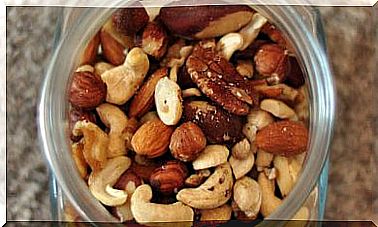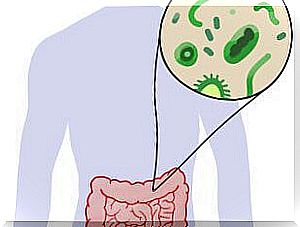Drug-target Interaction: How Drugs Work
Medications must be absorbed by the body, regardless of the route of administration. Therefore, they must be capable of disintegrating and disaggregating. Nevertheless It is worth asking: how is the absorption of the drugs produced?
The answer to this question is: it depends on the physicochemical properties, its formulation and the route of administration.
For example, tablets are made up of the drug itself, among other ingredients; These can be administered in various ways, which will be discussed hereinafter.
What is pharmacokinetics?
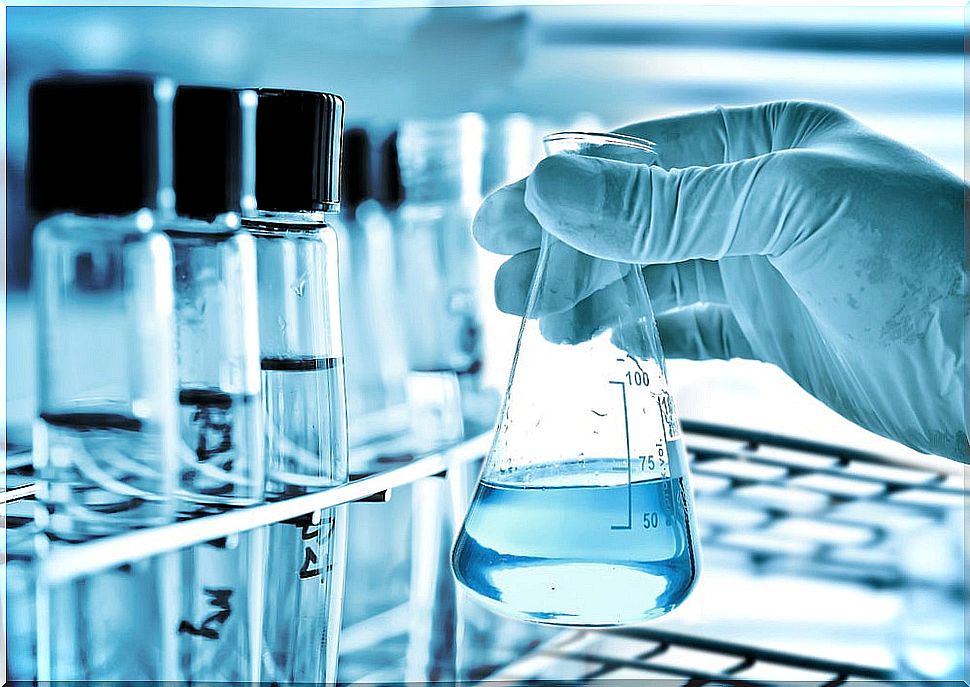
It is understood as the part of pharmacology that studies evolution. Taking into account the concentrations of the drug, function of time and dose. Therefore, it approaches from a dynamic point to the quantitative side, from the moment the dose is ingested. Following the following stages:
- Absorption. This is the name given to the process in which a drug passes from the outside to an internal environment.
- Distribution. After being absorbed, the drugs dissolve in the blood and tissues, passing through biological membranes until they bind to the biopolymers.
- Metabolism. Then there are biochemical changes where foreign substances become more ionized, polar, water soluble. That is, they are transformed in such a way that they are easier to remove than originally.
- Excression. To finish the process comes the elimination of drugs that occurs mainly in the kidney and liver.
These factors determine the concentration of drugs at their site of action.
Routes of drug administration
On the other hand, the routes of administration for drugs can be direct or indirect.
Direct
In this case Natural barriers are crossed, such as the skin and mucosa, causing them to break down. They can be via:
- Subcutaneous.
- Intravascular.
- Intramuscular.
Indirect
They happen when the drug has to cross the natural barrier on its own. Such is the case of:
- Oral.
- Oral.
- Rectal.
What is pharmacodynamics?
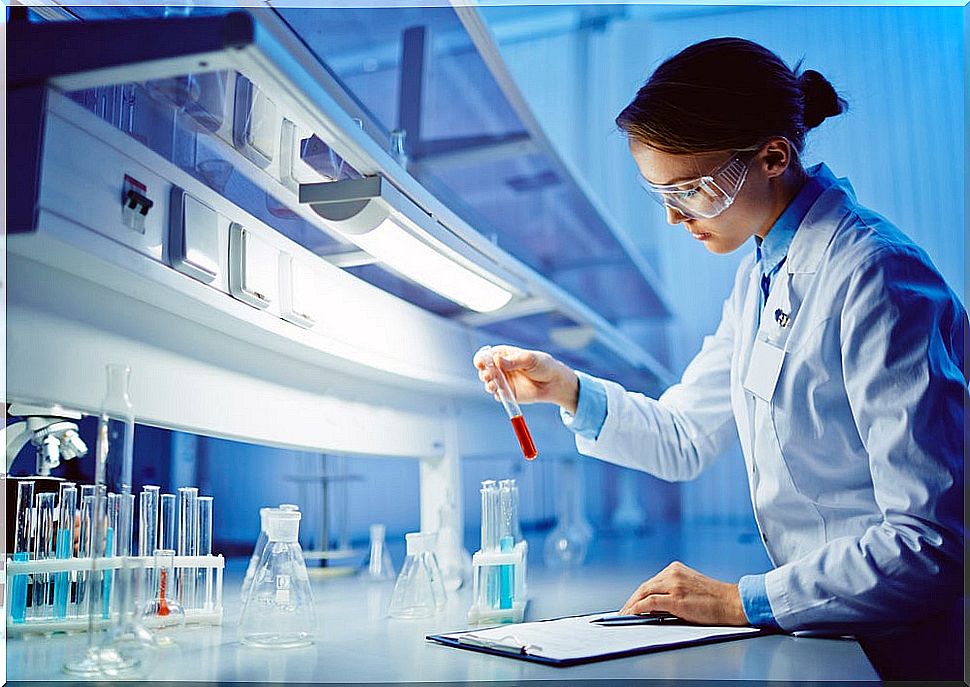
This is the name given to the study of the biochemical and physiological effects that drugs produce in the body. This process is carried out by means of a receptor, or target, with which the drug binds to initiate its effects and provoke a pharmacological action.
What is a bullseye?
For there to be an effect, the drug has to interact with a target. In molecular biology there are numerous macromolecules that carry out vital functions in the structure of the cell, and whose alteration is related to some diseases.
These macromolecules are the targets, the place in the body where a drug exerts its action. The main biological targets belong to three types of receptor biomolecules:
Lipids

The number of drugs that act on membrane lipids is relatively small. They generally lead to an alteration of its physicochemical properties.
Such is the case of a large percentage of antiseptics and some antibiotics that act with such a mechanism. These are in charge of 3 specific tasks in living organisms:
- They act as energy reserves by converting into triglycerides.
- They have a structural function: the phospholipids of the bilayers of cell membranes.
- They behave as regulatory chemical messengers. That is, steroids.
Biological targets associated with lipids are related to cell membrane function.
Protein
Proteins form a community of macromolecules in the structure and function of the cell. According to their function they are classified into:
- Enzymes These are the catalysts of living things. If there were no chemical reactions in cells, they would be slow and there would be no life.
- Transporter proteins. They are present in cell membranes and act as entry channels for the molecules that we take in with our diet and that are transformed into more complex molecules. Such is the case with carbohydrates, proteins, and nucleic acids found in cells.
- Structural proteins. It fulfills functions of interaction with other molecules, in such a way that one of these molecules interacts with its target, producing changes or expressions in it.
Nucleic acids
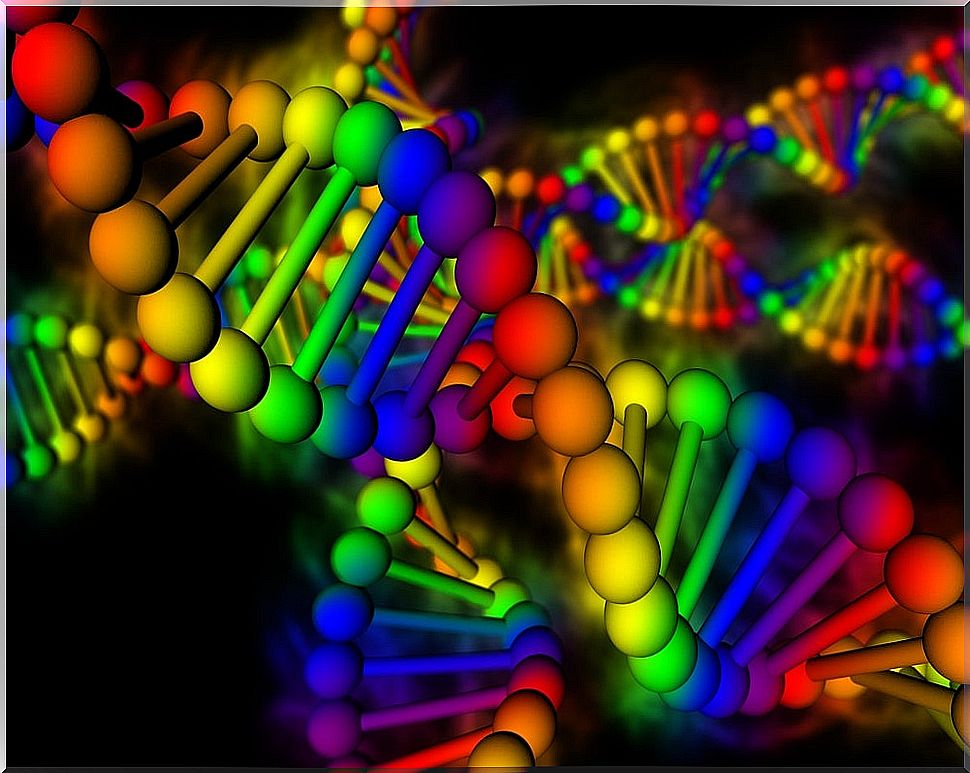
These are polymeric macromolecules that are formed by the union of nucleotides, which in turn form DNA and RNA molecules.
On the other hand, there are some drugs that, during the processes of replication, transcription or translation, act on nucleic acids and cause cell death.
Therefore this group of drugs is used as antineoplastic, antibacterial and antiviral. That is, on a molecular scale, most of the drugs that act on nucleic acids lead to the alteration of their secondary structure.
How do the medications work?
Target cells react with a: hormone, antigen, antibody, antibiotic, or other specific substance. These hormones are released in our body through the bloodstream, there they remain until a target cell fits in and fulfills its function.
The same hormone can affect different targets and one target can also be the target of several hormones. Meanwhile, the effects of a hormone on the target are also varied; that is, more than 50 hormones in the body perform different functions by binding to the appropriate target.
However, it must be taken into account that the arrival and fixation of the drug in the tissues depends on:
- The concentration of the drug between the blood and the tissue.
- Characteristics of the barrier it crosses.
- Degree of ionization.
- Capillary diameter.
- Blood flow.
- Liposolubility.
- Solubility.
- Size.
Now that you know a little more about this topic, you will be able to take more into account the importance of following the doctor’s instructions in relation to the consumption of drugs.
